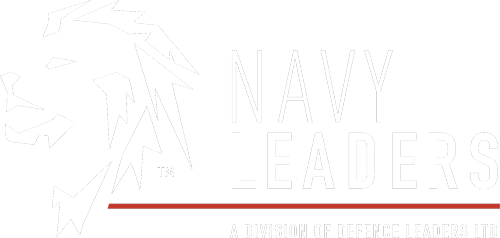Royal Navy Builds Operational Concept For Type 32 Frigate
)
The Type 32 programme’s early concept phase is underway, focused on developing the operational concept. The programme and procurement strategy, including competition timelines, will be determined following the concept phase, Naval News understands. The aim is for the Type 32s to be built in a UK shipyard, with yard selection to follow a commercial competition.
As part of its operational concept, the Type 32 will bring increased capability and presence at sea, in particular to support RN Littoral Response Groups (LRGs) and other overseas operational commitments. The Type 32 is also central in RN medium-term plans to grow its surface fleet.
The Type 32 programme was announced on 19 November 2020, when the UK revealed that a programme to build the next generation of RN warships would include the Type 32 as a third new frigate type (the other two being the in-build Type 26 City-class and in-development Type 31 Inspiration-class frigates, which are replacing the 13 in-service Type 23 frigates).
On 24 November 2020, UK defence secretary Ben Wallace confirmed funding commitment to Type 32 as a medium-term programme. “The Type 32, we hope, will come further along from the Type 31,” he told the UK House of Commons Defence Committee (HCDC).
In March 2021, the UK’s ‘Integrated Review’ (IR) of defence, foreign, and security policy reiterated commitment to the Type 32, within plans to “develop the next generation of naval vessels”. The Defence Command Paper (DCP), published alongside the IR, added details. It noted that, under the RN’s ‘Integrated Force 2030’ vision, Type 32s would be in build within that timeframe. It added that – within broad RN focus on improving platform availability, sustainability, and lethality, and specific emphasis on delivering technologies like autonomy – the Type 32s would bring increased flexibility:
“Equipped with advanced sensors and weapons, they will embrace modularisation to allow them to quickly adopt emerging technology throughout their life and to switch role depending on the nature of the threat.”
Defence Command Paper (DCP)Moreover, reflecting increased RN emphasis on forward deployment, the DCP said the Type 32s would “protect territorial waters, provide persistent presence overseas, and support [UK] LRGs”.
While class size is unconfirmed, the programme is seen as a first step in increasing RN surface ship numbers. Giving evidence to the HCDC in November 2021, then-UK First Sea Lord and Chief of the Naval Staff Admiral Sir Tony Radakin said the Type 32 programme would see UK destroyer and frigate numbers rise from 19 to 24 ships. Adm Radakin noted the Type 32 will be a general-purpose frigate, rather than a specialised anti-submarine or anti-air warfare platform; he added that the concept phase would help the RN better understand to what extent Type 32 would build directly on Type 31 or would be designed to embrace new technologies like autonomy and support wider littoral operations requirements.
The latest refresh of the UK’s national shipbuilding strategy, published in March 2022, stated that “up to five” Type 32s would be procured, entering service from the early 2030s. The frigates would “extend the RN’s forward presence around the world” with “a focus on hosting and operating autonomous offboard systems that add mass and a cost of complexity upon [UK] adversaries”, it stated. Such autonomous capability would be added in a modular manner, supporting platform flexibility and adaptability to underpin RN efforts to harness emerging technology and offset evolving threats.
UK plans for how to grow its navy remain subject to discussion. In an interview with the UK’s Daily Telegraph at BAE Systems’ Barrow-in-Furness shipyard on 31 August, at the commissioning of the RN’s fifth Astute-class nuclear-powered attack submarine (SSN) HMS Anson, Wallace said “We’re planning on growing our surface fleet, but is our sub-sea fleet big enough? If it isn’t, do we trade one off against the other [or] do we find money from elsewhere?” To help consider such questions, Wallace said he had asked the RN to review its surface ship/SSN force structure balance.
